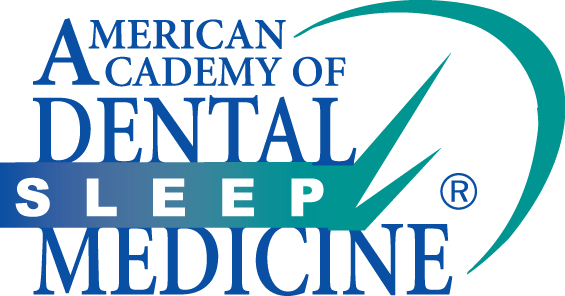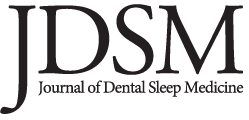
Special Article 2, Issue 10.1
Perspectives on New Codes for Oral Appliance Therapy
http://dx.doi.org/10.15331/jdsm.7284Disclaimer: The use, mention or depiction of any product, device, service or appliance shall not be interpreted as an endorsement, recommendation or preference by the AADSM. Any opinion expressed is solely the opinion of the individual, and not that of the AADSM.
The field of dental sleep medicine has made many incredible strides in the past few years. One of these strides has come in the form of expanded ways to code for oral appliance-related visits. Both the American Dental Association (ADA) and American Medical Association (AMA) have released new codes for oral appliance therapy. Below, a few members share their wins and challenges with these new codes.
WHAT ARE YOUR THOUGHTS ON THE NEWLY RELEASED CODES FOR ORAL APPLIANCE THERAPY? HOW HAVE YOU BEEN ABLE TO IMPLEMENT THESE CODES IN YOUR PRACTICE?
“Dentists have been managing sleep apnea since the 1980s and have billed medical insurance using code E0486. Yet, medical insurance can be cumbersome for dentists to navigate when they are only doing a limited number of appliances each month and are used to dental insurance. There are different benefit limitations, filing systems, and codes.
Some dentists would like to offer more sleep apnea management for their patients but hesitate because they do not know how to navigate medical insurance. This year, the ADA released new CDT codes for oral appliance therapy. They are:
- D9947 — Custom sleep appliance fabrication and placement
- D9948 — Adjustment of custom sleep apnea appliance
- D9949 — Repair of custom sleep appliance
- Yasmin Chebbi, DMD, FAGD, D.ABDSM
“The “K” code brings promise and hope that one day, we will be able to treat our Medicare patients with a full range of mandibular advancement device options based upon their needs, not by some regulation or restrictions decided arbitrarily by bureaucrats. Unfortunately, as of yet, my practice has yet to experience any of those benefits with Medicare or commercial providers. Whereas, from a hearsay point of view, some of my peers I have spoken with have filed claims using the code with mixed results.”
- Kenneth A. Mogell, DMD, D.ABDSM
“I need to preface my comments with the fact that I practice in Texas - so my experiences need to be viewed through that lens. We were excited when the K1027 code showed life in October 2021, primarily so we could offer non-hinged therapy to patients whose insurance used PDAC guidelines. I tasked my team to begin experimenting with the various players and discovered that very few insurers had the same allowable for K1027 as E0486. To date, Medicare has continued to deny the code. However, we have had some success with K1027 with the modifiers nu and kx. Our office is hopeful that all insurance companies will move to this code someday, so we will continue to file claims with all insurers hoping we will soon see coverage.”
- Kent Smith, DDS, D.ABDSM, ASBA
What are your thoughts on the new oral appliance therapy codes? Join the conversation by posting on the AADSM Discussion Board today!

